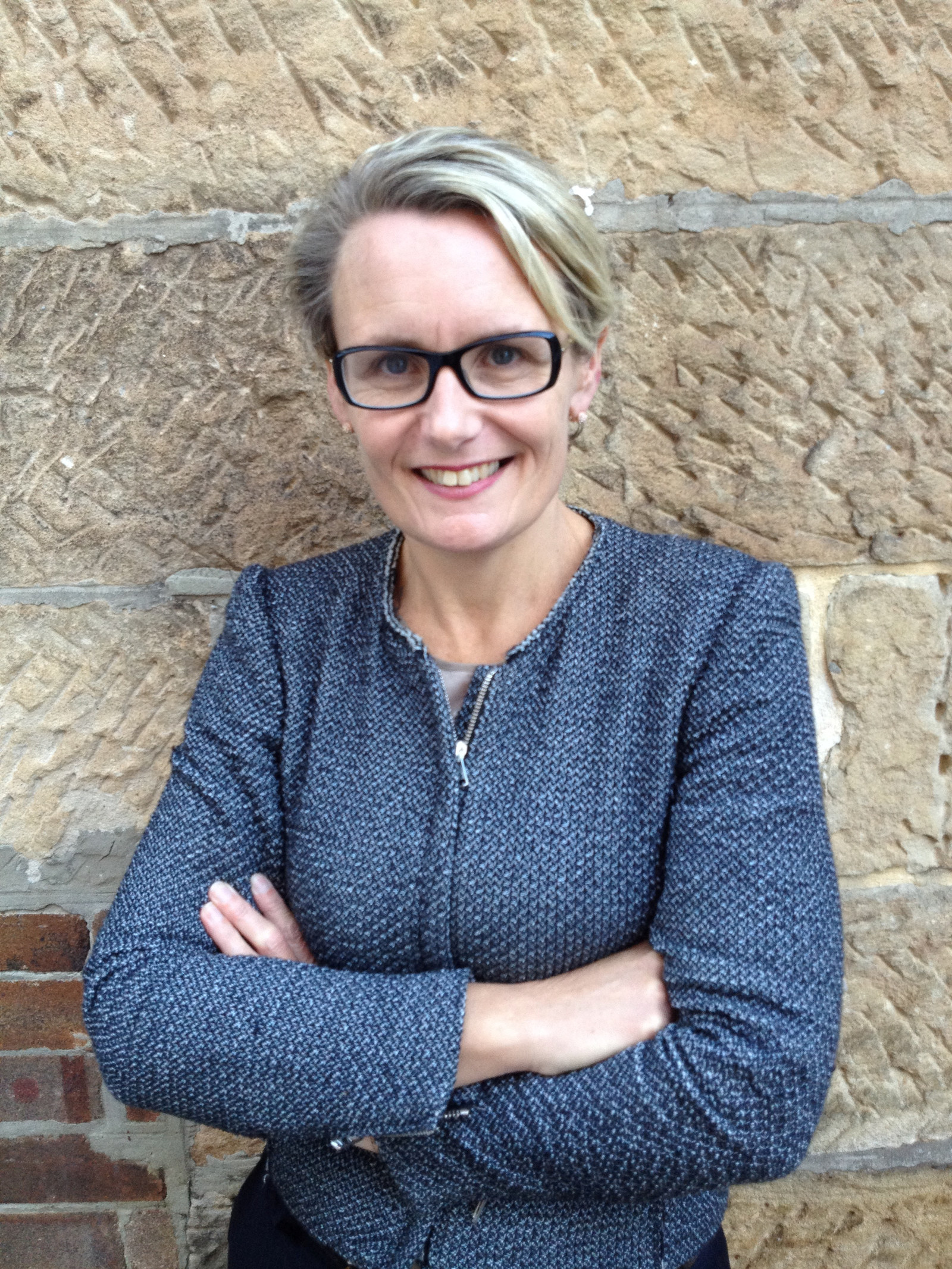The Churchill Fellowship
What puts some heritage sites on visitors’ ‘bucket lists’ while others languish? Dr Caroline Butler-Bowdon explored this question in an international tour of leading institutions.
How do you build new visitor facilities and produce new programming to meet 21st-century heritage tourist expectations without diminishing the essence of what makes the site special in the first place? This question was core to my investigation, funded by the Churchill Fellowship.
The Winston Churchill Memorial Trust was established in 1965 to fulfil Sir Winston Churchill’s wish to offer people from all walks of life the opportunity to travel overseas to gain new knowledge and insights that can be applied to benefit communities in Australia. The Fellowship enabled me to travel 44,000 kilometres across five countries – England, Scotland, Denmark, USA and Canada; to 18 cities; 24 museums; 27 historic sites; several institutional headquarters; and four UNESCO World Heritage-listed town centres, including Bath and Quebec City. I conducted 23 interviews with global culture and heritage leaders to investigate the best new models of visitor experience and accessibility, and explored how these sites have grown visitation and deepened audiences’ connection through exhibitions and events, as well as other programming and commercial opportunities.
Diverse sites
My itinerary was deliberately eclectic, from Stonehenge, the most famous prehistoric site in the world, to Frank Lloyd Wright’s Fallingwater in Pennsylvania, the world’s most visited 20th-century house museum. I went to the emotionally charged 9/11 Memorial & Museum in New York, and innovative place-based art museums such as the Louisiana Museum of Modern Art (in Denmark) and the Hepworth Gallery in Wakefield, England.
Each site was chosen for its total connection to place as well as its reimagining to meet changing visitor expectations. Constant evolution keeps these sites relevant, developing a unified visitor experience with programs that create engagement and connection. World-renowned sites such as the Roman Baths and the Tower of London have created memorable experiences through high-quality interpretation combined with social experiences through food, programming and retail.
New challenges
Despite challenges such as global terrorism, economic uncertainty and environmental concerns, the desire to experience heritage is only growing. Our industry has responded by expanding and diversifying its offer, interpreting and communicating it better to connect with wider audiences, and creating greater connection between places to make linkages that work for tourists and citizens. A key aim of the Fellowship was to raise MHNSW’s profile internationally, particularly by linking projects such as the upcoming renewal of the Hyde Park Barracks Museum with other UNESCO World Heritage-listed sites.
In an age of uncertainty and all things digital, the appeal of the real and the power of heritage are only increasing. But we all know that digital technology is of critical importance in helping visitors to experience and in turn promote heritage sites through social media, creating a buzz and making these sites ‘must-see’ destinations.
The findings from my journey are now being disseminated with MHNSW colleagues and the wider Australian heritage and museum industries.
Published on
Related

Wallpaper
Wallpaper printing rollers: from machine printing to 3D capture
In December 2022, Phyllis Murphy AM generously donated to the Caroline Simpson Library more than 3,000 wallpaper samples. While the bulk of the donation consists of wallpaper rolls, lengths and sample books, it also includes two printing rollers

House photo albums
These specially produced photograph albums (some in published form and others consisting of photographs pasted into an album) comprise images of one or more domestic dwellings and depict exteriors, interiors and gardens in NSW mostly from the late 19th to the early 20th centuries

Richard Stringer’s architectural photographs, 1968–2003
This portfolio contains 55 photo prints taken by architectural photographer Richard Stringer, dating from 1968 to 2003, documenting significant Australian domestic buildings

Barry Wollaston: historic buildings in the county of Cumberland (NSW), 1954
This collection consists of 232 photo negatives by architect and photographer Barry Wollaston of buildings in the Sydney region considered by the Royal Australian Institute of Architects in the early 1950s to be of architectural and historical value
